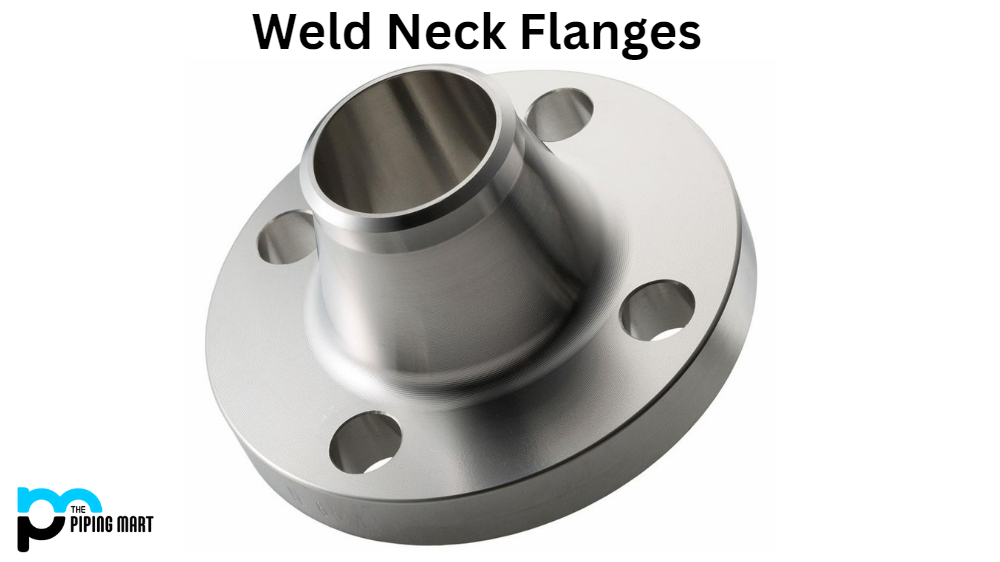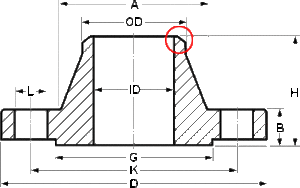Weld neck flanges are one of the most widely used types of piping components in industrial settings. They’re versatile, reliable, and relatively easy to install and replace. In this blog post, we’ll take a look at what slip weld neck flanges are and how they can be used in various applications. We’ll also look at the welding process for slip-weld neck flanges and the different available types.
What is Weld Neck Flanges?
A weld neck flange is a type of pipe fitting distinguished by its elongated, tapered neck that is welded to the pipe. This feature ensures a robust connection, particularly suited for applications with high pressures and temperatures. Weld neck flanges are highly favoured in critical settings where reliability is paramount, as they minimize the risk of leaks or failures. Moreover, their design facilitates a smooth transition from the pipe to the flange, reducing turbulence and the potential for erosion. Due to their exceptional durability and performance in demanding conditions, these flanges find extensive use across industries such as oil and gas, petrochemicals, and power generation.
Weld Neck Flanges Uses
Weld neck flanges are most commonly used in pipe fittings and connecting pipes together. This type of flange is designed to provide a secure connection between two pieces of pipe or tubing. It’s also often used to connect other valves and components within a piping system. Some common applications for slip weld neck flanges include oil rigs, water lines, and chemical plants.
Weld Neck Flanges Welding
When installing slip weld neck flanges, they must be properly secured with welding. This can be done using either an automatic welding machine or by hand with an oxy-acetylene torch. The welding process should be done carefully so that all surfaces are properly connected without any gaps or leaks occurring between them. It’s also essential that the right type of filler material is selected to ensure a strong bond between the two pieces being joined together.
Weld Neck Flanges Types
Several different types of slip weld neck flanges are available on the market today, including blind, socket weld, lap joint, threaded, and raised face varieties. The type you choose will depend on your specific application and requirements. For example, blind slips are typically used when there’s not enough space for a threaded or lap joint connection due to size constraints or limited clearance around the pipe’s circumference. Socket welds offer higher pressure ratings than other types due to their deeper seating into the pipe end, while lap joints are best suited for applications requiring frequent dismantling due to their loose fit design. Threaded connections allow for quick installation and removal. At the same time, raised face slips provide an extra layer of protection against leaks by creating an increased seal between two pipes when tightened down correctly with bolts or screws.
Weld Neck Flanges Dimensions
Conclusion
Whether you’re looking for a way to securely join two pieces of pipe together or need a reliable connection between valves and other components within your piping system, slip-weld neck flanges offer a great solution that is both easy to install and cost-effective over time. They come in several different varieties depending on your needs—from blind slips offering maximum security in tight spaces to raised faces providing extra protection against leaks—and can easily be secured using either an automated welding machine or manual oxy-acetylene torch technique, depending on your application requirements. With proper installation and maintenance procedures in place, these high-quality pieces can provide years of reliable service even under extreme conditions!

Pipingmart is a B2B portal that specializes in metal, industrial and piping items. Additionally, we share the latest information and information about materials, products and various types of grades to assist businesses that are involved in this business.





